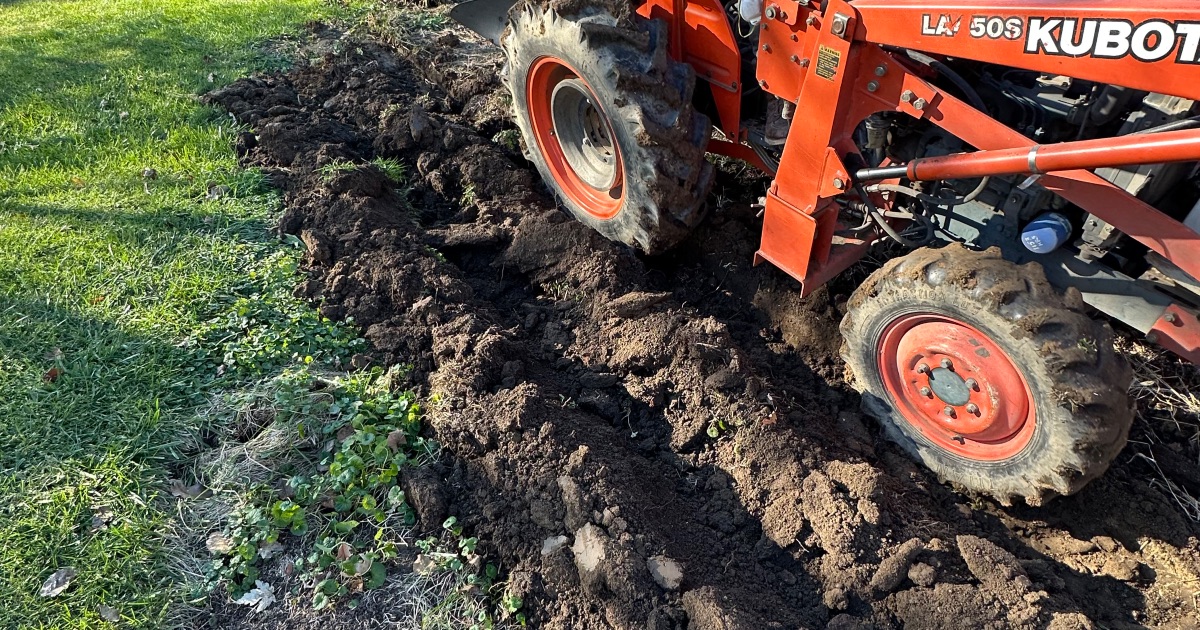October and November are key months for setting your garden up for success next season! 🌿
Here are top tips for each month, depending on your climate (northern hemisphere focus):
🌾
October – Build and Protect Your Soil
- Plant a cover crop
– Sow clover, winter rye, or vetch to add nutrients and prevent erosion.
– Great for all vegetable gardens before winter. - Add compost and mulch
– Spread a 2–3 inch layer of compost, then cover with straw or leaves.
– This feeds soil microbes and protects from frost. - Clean up old plants
– Remove diseased or dead plants, but leave healthy roots (they add organic matter). - Plant cool-weather crops (if mild climate)
– Kale, spinach, garlic, onions, radishes, and lettuce can still go in. - Test your soil
– Fall is perfect for checking pH and nutrients, giving you time to amend before spring.
❄️
November – Prepare and Plan Ahead
- Protect perennials and overwintering crops
– Mulch around kale, garlic, and herbs.
– Use row covers or cold frames for extended harvests. - Rake and save leaves
– Shred them and use as mulch or add to compost — free organic matter! - Sharpen and clean tools
– Prevent rust and make spring work easier. - Plan next year’s rotation
– Don’t plant the same crop in the same spot — rotate to reduce pests and disease. - Feed your compost pile
– Alternate green (kitchen scraps) and brown (leaves, straw) materials through winter. - My Michigan patch I am plowing & tilling and going to throw in a rye cover crop November 1st. lots of time for it to grow. Some think it’s too late to plant it in November but I have done this as late as December.
- Don’t forget that Soil test otherwise you’re growing blind. You can get one for as little as $16 this is important for all types of gardening just to know where your Soil is at, and if you are bankrupt in anything check out my videos on the YouTube channel for testing Soil

